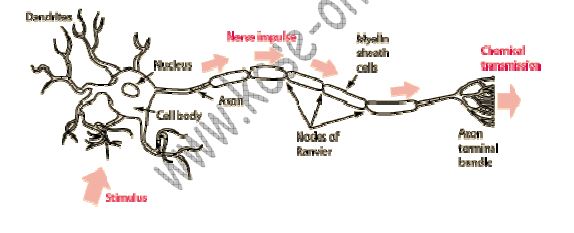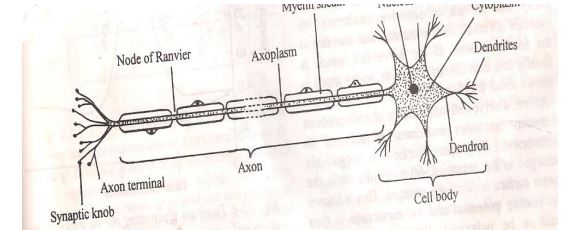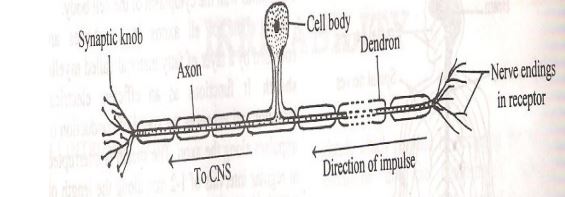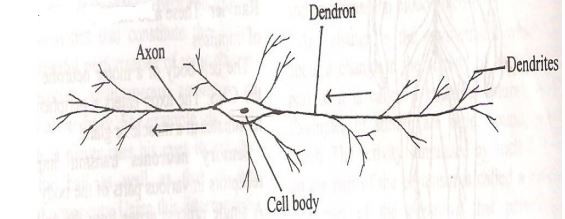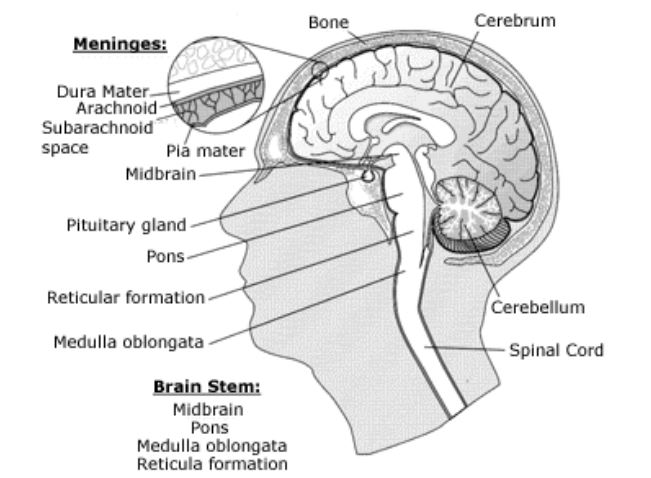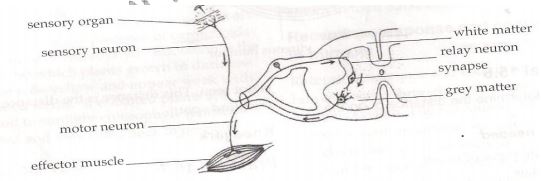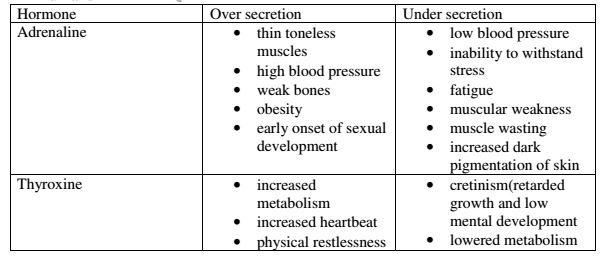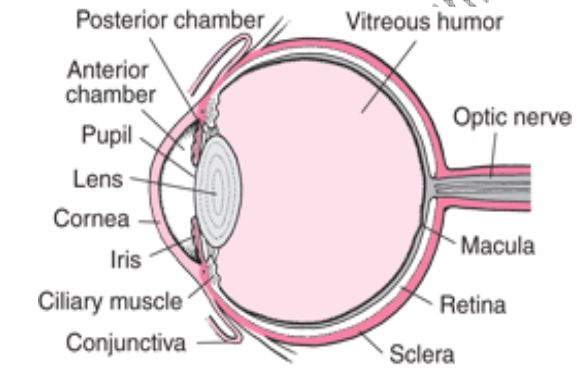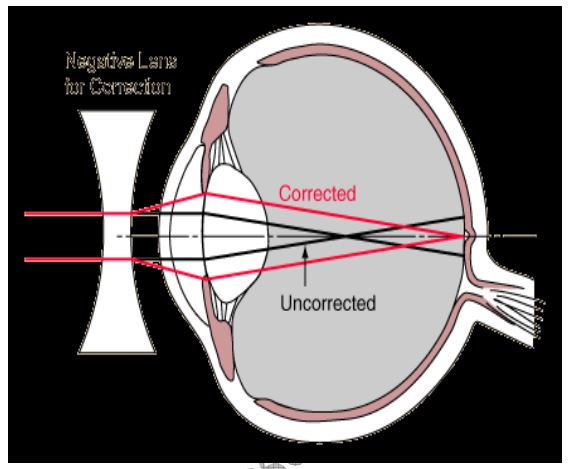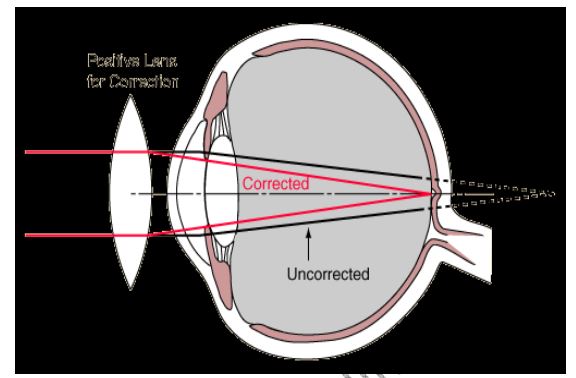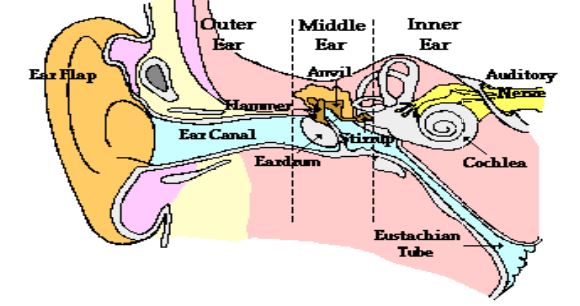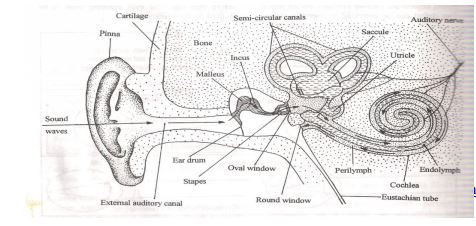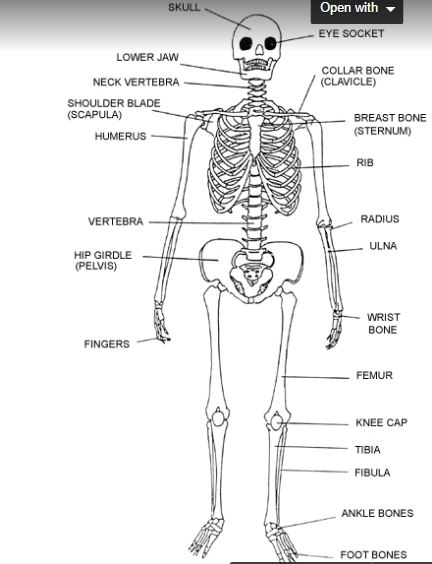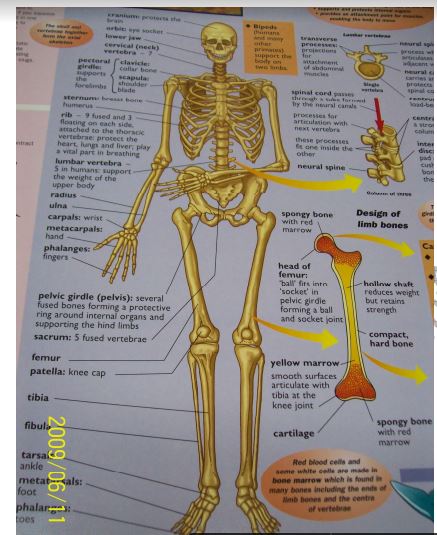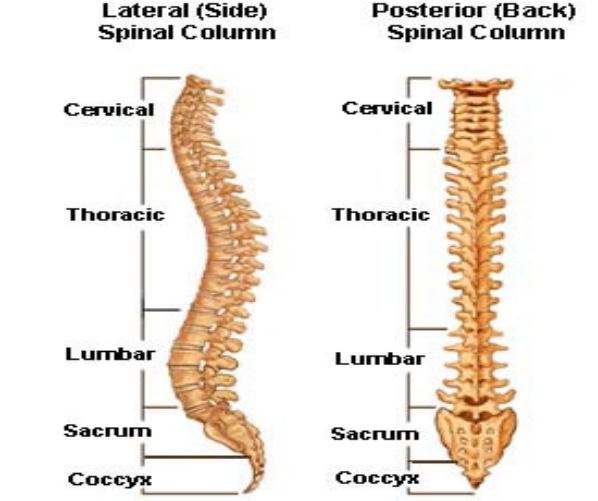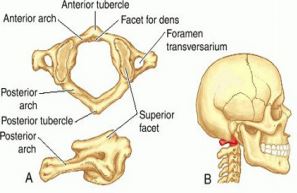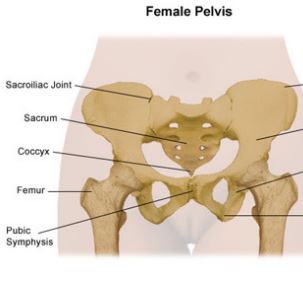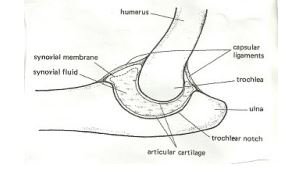Questions and answers form 4

Biology Questions and nswers Form 4 - Biology Form Four Notes
Click Here - Free KCSE Past Papers » KNEC Past Exams » Free Downloads » KCSE Papers & Marking Schemes
K.C.S.E Online RevisionBiology Form 4 Notes - Biology Form Four Notes
a) i) Define the term genetics
Heredity
Acquired characteristics
In a certain plant species, some individual plants may have only white, red or pink flowers. In an experiment a plant with white flowers was crossed with a parent with red flowers. Show results of Fl generation. Use letter R for red gene and W for white gene.
If the plants form F1 were selfed, work out the phenotype ratio for the F2 generationPhenotypic ratio 1 red:2 pink: 1 white
Genotypic ratio 1:2:1
f) i) What is a test cross?
iv) Explain the inheritance of ABO blood groups
Let the gene for dominant Rh factor be R while gene for recessive be r
iii) How is sex determined in human beings .
- These are genes which occur together on a chromosome and are passed to offspring without being separated ii) Define the term sex-linked genes
Y Chromosome
Let C represent the gene for normal colour vision (dominant)
Let c represent the gene for colour blindness
Parental phenotype Norman man x carrier woman
iv) State the importance of sex linkage
possible to determine sex of day old chicks
v) Haemophilia is due to a recessive gene. The gene is sex-linked and located on the x chromosome. The figure below shows sworn offspring from phenotypically normal parents
What are the parental genotypes?
h) i) What is mutation?
X-rays gene/chromosome alteration
Ultra violet rays structural distortion of DNA
Chemicals Effect
colchicines prevents spindle formation
Cyclamate chromosome aberrations
Mustard gas chromosomes aberrations
Nitrous acid adenine in DNA is deaminated so behaves like guanine
Acridone orange addition and removal of bases of DNA
Formaldehyde
iv) State the characteristics of mutations
- Change in nature, structure or number of chromosomes
vi) Explain how the following types of chromosomal mutations occur
Duplication
Deletion
i. Breeding programmes (research)
- legal questions of paternity knowledge of blood groups or blood transfusion
iv) Genetic counseling
- Pre-sex determination
Understanding human evolution and origin of other species.
2. a) i) Explain the meaning of evolution
i) Fossils
- Brain
- Eyes
- Upright posture/bipedal locomotion
- prehensible arm/hand
- Speech
ii) State the ways in which Homo sapiens differs from Homo habilis
- Inheritance of acquired characteristics/environment induces production of a favorable trait which is then inherited
ii) Explain why Lamarck’s theory of evolution is not accepted by biologists today
- evidence does not support Lamarck’s theory
- acquired characteristics are not inherited/inherited characteristics are found in reproductive cells only
iii) Explain Darwin’s theory of evolution
- inheritance of genetically acquired characteristics
- a character happens to appear spontaneously which gives advantage to an organism therefore adapted then inherited through natural selection
e) i) What is natural selection?
- Organisms with certain characteristics are favoured by the environment
Such organisms tend to survive and produce viable offspring
Others not favored are eliminated from subsequent generations
ii) With examples, explain how natural selection takes place
- organism with certain characteristics are favored by their environment
- such organisms tend to survive and produce viable offspring
- others not favored are eliminated from subsequent generations
- as the environmental conditions change the survival value of a character may alter with time so that characteristics which were favored may no longer have advantage and other characters may then become favorable
- if a favorable character is inherited, then offspring produce generations which are better adapted to survive in a population
- more offspring are produced than can survive which results in struggle for survival - the fittest survive
iii) State the advantages of natural selection to organisms
- assist to eliminate disadvantageous characteristics/perpetuates advantageous characteristics
- allows better adapted organisms to survive adverse changes in the environment/less adapted organisms are eliminated
iv) State the ways in which sexual reproduction is important in the evolution of plants and animals
- brings about useful variations/desirable characters
- variations make offspring better adapted for survival/more resistant to diseases
- may lead to origin of new species
v) Explain the significance of mutation in evolution
- Mutation bring about variation which can be inherited
- Some of these variations are advantageous to the organism
- Others are disadvantageous
- The advantageous variations favour the organism to compete better in the struggle for survival
- This results into a more adapted organism to its environment or new species/varieties
- Those with disadvantageous characters will be discriminated against therefore eliminated from the population/death/perish
vi) Plain why it is only mutations in genes of gametes that influence evolution
- gametes form the new offspring
vii) How would you prove that evolution is still taking place?
- resistance of organism to antibiotics, pesticides and drugs
- new varieties of bacteria are resistant to certain antibiotics such as penicillin
- houseflies and mosquitoes are resistant to DDT
vii) Explain why some bacteria develop resistance to a drug after they have bee subjected to it for some time
- bacteria mutates/develops a new strain/chemical composition is altered hence is able to produce enzymes/chemicals which degrade the drug rendering it non-susceptible to the drug
- the new strain is favoured by selection pressure natural selection
f) How has industrial melaninism i.e. peppered moth contributed towards the mechanism of evolution
- This is an example of natural selection
- The peppered moth exists in two distinct forms, the speckled white form (normal form) and a melanic form (the black/dark)
- They usually rest on leaves and barks of trees that offer camouflage for protection
- Originally the “speckled white” form predominated the unpolluted area of England
- This colouration offered protection against predatory birds
- Due to industrial pollution tree barks have blackened with soot
- The white form underwent mutation
- A black variety/mutant emerged suddenly by mutation
- It had selective advantage over the white forms that were predated upon in the industrial areas
- The speckled white form is abundant in areas without soot/smoke
3. a) i) Define irritability, stimulus and response irritability
-also called sensitivity
- Responsiveness to change in environment
Stimulus
A change in the environment of organism which causes change in organism’s activity
Response
- change in activity of an organism caused by a stimulus
ii) State importance of irritability to living organisms
- Adjusting to environmental conditions. Sensitive/defect/responding
iii) List the examples of external stimuli to organisms
- air/oxygen (aero)
- light(photo)
- osmotic pressure (osmo)
- current (Rheo)
- chemical concentration (chemo)
- \water/moisture (hydro)
- Touch/contact (hapto/thigmo)
- Gravity/soil (geo)
- Temperature (thermo)
b) i) What are tactic responses?
- response in which whole organism or its motile parts move e. g. gamete
ii) What causes tactic responses?
- caused by unidirectional stimulus
- usually doesn’t involve growth
- response is either positive or negative
- named according to source of stimulus
- e.g phototaxis, aerotaxis, chemotaxis
iii) State the importance of tactic response to:
Members of kingdom protista
- move towards favorable environment/move away from unfavorable environment
- move towards their prey/food
Microscopic plants
- escape injurious stimuli/seek favorable habitats
iv) Name the type of response exhibited by:
Euglena when they swim towards the source of light
- phototaxis
- sperms when they swim towards the ovum
- chemotaxis
v) State the advantages of tactic responses to organisms
- to avoid unfavorable environment/injurious stimuli
- escape from predators
- to seek favorable environment
- to seek for food/prey
c) i) Define the term tropism
- growth movement of plants in response to external unilateral/unidirectional stimuli
ii) Explain the various types of tropism in plants
Phototropism
- growth movements of plant shoots in response to unilateral sources of light
- the tip of the shoots produce auxins down the shoot
- light causes auxins to migrate to outer side/darker side causing growth on the side away from light hence growth curvature towards source of light roots are negatively phototrophic
Geotropism
- response of roots/pans of a plant to the direction of force of gravity
- auxins grow towards the direction of force of gravity causing positive geotropism in roots while shoot grows away from force of gravity (negatively geotrophic)
Thimotropism/Haptotropism
- growth response of plant when in contact with an object
- contact with support causes migration of auxins to outer side causing faster growth on the side away from contact surface
- this causes tendrils/stem to twin around a support
Hydrotropism
- growth movement of roots in response to unilateral source of water/moisture
- the root grows towards the source of water/ positively hydrotropic while leaves are negatively hydrotropic
chemostropism
- growth movement of parts of plant to unilateral source of chemicals
- the chemicals form a gradient between two regions e.g. pollen tube growing towards the ovary through the style
iii) State the ways in which tropisms are important to plants
- expose leaves/shoots in positions for maximum absorption of sunlight for photosynthesis
- enables roots of plants to seek/look/search for water
- enables plant stems/tendrils to obtain mechanical support especially those that lack woody stems.
- enables roots to grow deep into the soil for anchorage
- enables pollen tube grow to embryo sac to facilitate fertilization
iv) Explain the differences between tropic and tactic responses
Tropism
-growth curvature in response
-slow
-influenced by hormones
Taxes
-locomotory response
-fast
-external influence
d) The diagram below represents growing seedlings which were subjected to unilateral light at the beginning of an experiment
i) State the results of P, Q and R after S days
- P will bend/grow towards light
- Q will remain straight/have little or no growth
- R will remain/grow straight/grow upwards
ii) Account for your results in (i) above
P- Growth substance/growth hormone/IAA/auxin are produced by the stem tip
- they move (downwards and get distributed) to the side away from light where they cause rapid/more growth/cell division/elongation that results in bending
Q- Source of auxin has been removed
R- The auxins cannot be affected by light because the tip has been covered
iii) If the tin foil were removed from the tip of seedling R, what results would be observed after two days
- it will bend/grow towards light
iv) State the expected results after 3 day is if the box were removed
- all seedlings will grow straight/upwards
e) In an experiment to investigate a certain aspect of plant response, a seedling was placed horizontally as shown in diagram I below. After seven days the appearance of the seedling was as shown in diagram 2
Account for the curvature of the shoot and root after the seven days
i) Shoot
- auxins accumulate on the lower side of the seedling due to gravity
- high concentration of auxins in shoot stimulates faster growth causing more elongation on the lower side than the upper side hence curvature occurs upwards
ii) Root
- the high concentration of auxins inhibits growth hence the upper side with less auxins grows faster than the lower side therefore the curvature occurs downwards
f) What is etiolation?
- phenomenon exhibited by plants when grown in darkness
- such plants are pale yellow due to absence of chlorophyll, have small leaves, long stems/hypocotyle and slender stems
- plants exhibit etiolation to reach light/obtain light
- this is a survival response
4. a) i) What is coordination in animals
- The linking together of all physiological activities that occur in the body so that they take place at the night time and in the correct place
ii) Name the main systems for coordination in animals
- Nervous system/sensory system
- Endocrine (hormonal system)
iii) List the components of the mammalian sensory system
- Central nervous system (CNS), brain & spinal cord
- Peripheral nervous system (PNS) cranial and spinal nerves
- Sense organs
- Autonomic nervous system (ANS) nerve fibers and ganglia
iv).Explain the terms receptors, conductors and effectors
- Receptors are structures that detect stimuli i.e. sense organs
- Conductors transmit impulses from receptors to effectors e. g. neurons
- Effectors are the responding parts e.g. muscles, glands
v) What are the functions of the central nervous system?
- provides a fast means of communication between receptors and effectors
- coordinates the activities of the body
vi) State the differences between somatic and autonomic systems of peripheral nervous system
- Somatic is concerned with controlling the conscious or voluntary actions of the body i.e. skin, bones, joints and skeletal muscles
- the autonomic (automatic) nervous system controls involuntary actions of internal organs, digestive system, blood vessels, cardiac muscles and glandular products.
b) i) What is a neurone?
ii) Name the parts of a typical neurone and state the functions of each part
ii) Describe the structure and of sensory neurone
iii) State structural differences between motor and sensory neurons
i) Cerebrum
iii) Explain how an impulse is transmitted across the synapse (gap)
c) i) What are endocrine glands?
Thyroxine
Function:
increases the rate of metabolism
Parathyroid hormone
Function:
regulates calcium and phosphate levels
growth hormone
Function:
regulates growth of the body
gonadotrophic hormone
Function:
stimulates the growth of male and female organs
lactogenic hormone (prolactine)
Function:
stimulates secretion of milk after child birth
thyrotropic hormone( TSH)
Function:
proper functioning of thyroid glands/thyroxine production
adrenocorthicotropic hormone (ACTH)
Function:
stimulate release of adrenal cortex hormone
oxytocine hormone
Function:
regulates blood pressure
stimulates smooth muscles
stimulates contraction of uterus during child birth
aids flow of milk from mammary glands
follicle stimulating hormone (FSH)
Function:
causes maturition of egg in females
stimulates sperm production in male
Vasopressin (ADH) antidiuretic hormone
Function:
regulates water balance by kidney
Function:
for emergency
prepares body to cope up with stress
aldosterone hormone
Function:
maintain balance of salt and water in blood
cortisone hormone
Function:
break down the stored proteins to amino acids
aids in the break down of adipose tissue
regulates sugar levels in the blood
prevents inflammation
sex hormone
Function:
supplements sex hormones produced by gonads
promotes development of sexual characteristics
insulin
Function:
regulates levels of sugar in blood
enables liver to store sugars
glucagon
Function:
regulates levels of sugar in blood
oestrogen Function:
causes secondary sexual characteristics in female
prepares the uterus for pregnancy
progesterone Function:
growth of mucus lining of uterus
maintains the uterus during pregnancy
androgen testosterone
Function:
causes secondary sexual characteristics in male
gastrin
Function:
stimulates release of gastric juice
secretin
Function:
stimulates secretion of pancreatic juice
iv) Give the differences between nervous and endocrine (hormonal) communication
nervous
g) i) Define the following terms
Drug
Sedatives
h) i) List the special sense organs in mammals and the major function of each
- Eye for sight
- Ear for hearing and balance
- Nose for smell
- Skin for touch, temperature detection, pain detection
iii) How is the human eye adapted to its function?
- ciliary muscles contract
- Tension in suspensory ligaments reduces/relaxes slackens
- Lens bulges/thickens/increases curvature
- Radial muscles contract
- Circular muscles relax
- Size of pupil becomes large to allow in more light.
viii) State the changes which would take place in the eye if a person in a dark room had lights switched on
Short sight (Myopia)
Long sight (Hypermetropia)
Presbyopia
- This is the function of turgidity and presence of collencyma
Cells take in water and become turgid
ii) Explain how support in plants is achieved
- Skeleton
ii) Name the different types of skeletons in animals, giving an example of an animal for each type of skeleton named
Axial skeleton
v) Name the bones of the vertebral column
- Cervical vertebra
— Thoracic vertebra
- Lumbar vertebra
- Sacral vertebra
- Caudal vertebra
vi) Describe how the various vertebrae are adapted to their functions
Bone:
skull
Structure:
cervical region Atlas (first cervical)
Structure:
axis (second cervical)
Structure:
cervical (others) Structure:
Thoracid
Structure:
lumbar
Structure:
sacral
Structure:
Rib
Structure:
Bone:
pectoral girdle (scapular shoulder bone)
Structure:
Humerous
Structure:
Ulna and radius
Structure:
pelvic girdle (hip bone)
Structure:
Bone:
Femur
Structure:
tibia and fibula
Structure:
iv) Ball and socket
v) Hinge joint
vi) Pivot joint
v) Ligament
e) i) What is a muscle?
i) skeletal muscles
iii) Cardiac muscles
skeletal (biceps)
Biology Notes FAQ Form
Please insert your question in the form below. Check and ensure that your question has not been asked and answered in the enquiries appearing beneath the form.Scholarships for African Students »Undergraduate Scholarships » African Women Scholarships & Grants » Developing Countries Scholarships » Erasmus Mundus Scholarships for Developing Countries » Fellowship Programs » Funding Grants for NGOs »Government Scholarships » LLM Scholarships »MBA Scholarships » PhD and Masters by Research Scholarships » Public Health Scholarships - MPH Scholarships » Refugees Scholarships » Research Grants » Scholarships and Grants
Scholarships in Australia » Scholarships in Belgium » Scholarships in Canada » Scholarships in Germany » Scholarships in Italy» Scholarships in Japan » Scholarships in Korea » Scholarships in Netherlands » Scholarships in UK » Scholarships in USA









